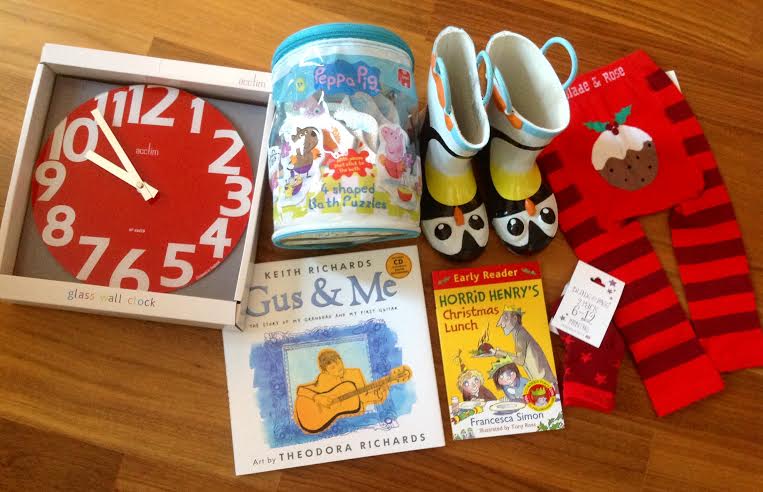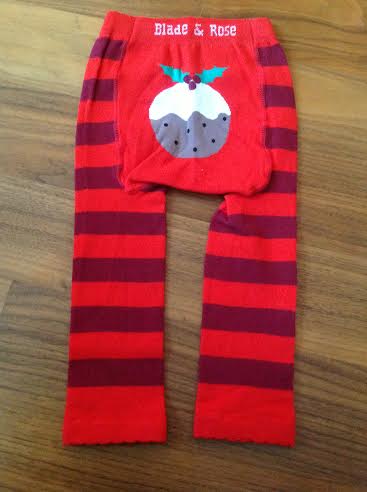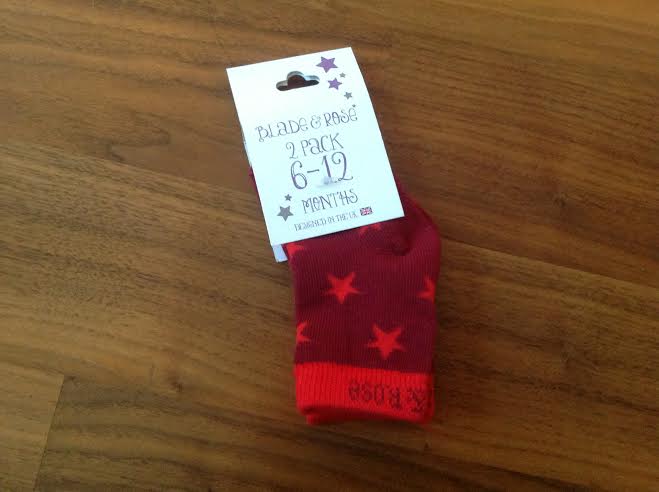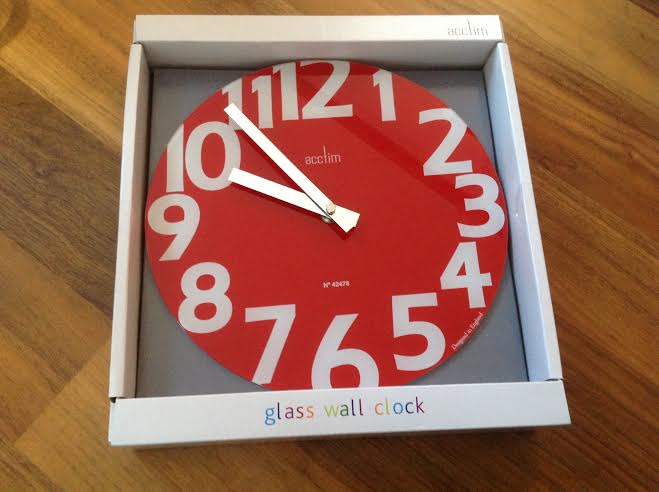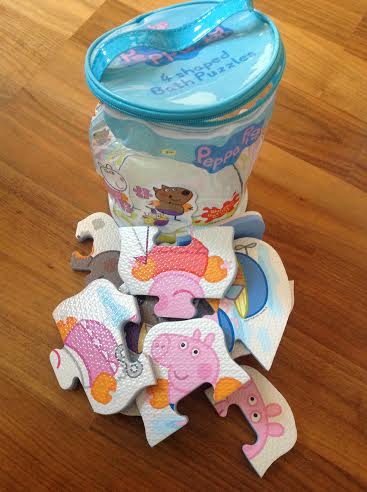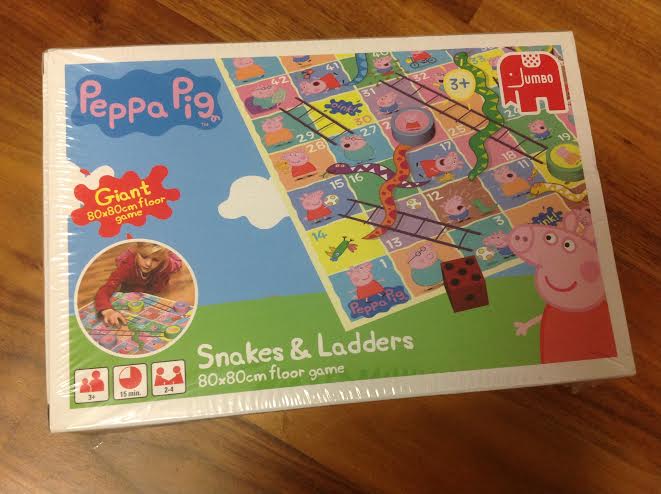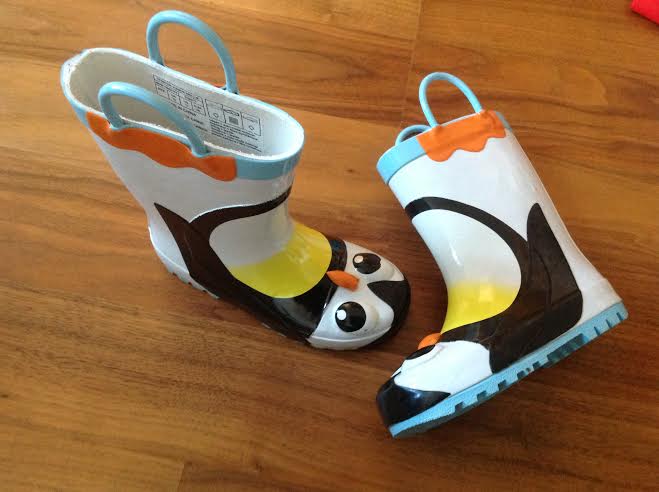 Some 44% of working mums would consider sharing their maternity leave with their partner, according to Workingmums.co.uk annual survey.
Some 44% of working mums would consider sharing their maternity leave with their partner, according to Workingmums.co.uk annual survey.
The number of women who would consider sharing their leave when the new shared parenting legislation comes in next year has risen by 3% since last year and may in part be due to a rising number of women who are the main breadwinners in their families – over 17% of women who were living with a partner say they are the main breadwinner and only in a small number of cases is this because their partner has been made redundant or had to reduce their hours.
The survey of over 2,390 working parents, sponsored by McDonald’s Restaurants Ltd, covers a wide variety of issues, from childcare and flexible working to finances, discrimination and self employment.
It shows that, despite the rise in women breadwinners, the number of women who claim to split childcare and housework equally with their partners is just 21%, down from 27% last year. Some 17% say their partners work flexibly with 4% of partners working part time.
Many women said the economic situation was affecting how long they took for maternity leave. Some 46% had returned to work early due to the recession or cost of living. Some 10% only took between one and three months’ maternity leave. The majority, however, took between seven and 12 months. Although 70% said they went back to work because they needed the money, 60% said they would work even if money was not an issue.
Other findings from the survey include:
– 56% of women say they earn less pro-rata than they did before having children.
– 49% say employers discriminate more against women in the current climate
– 60% think they have to work harder than men due to unconscious bias
– the number of parents using grandparents for childcare has risen. 56% make use of grandparents to reduce their childcare costs, 18% use tax credits, 25% have childcare vouchers; 23% use friends; 8% get older siblings to help and 18% get help from other relatives [many use a combination of options]
– 41% [up 11% on last year] spent nothing on childcare while 20% pay over £500 per month
– 32% say homeworking is their most favoured type of flexible working and homeworking is the most likely thing to encourage more women to work full time.
– 53% said that more flexible working would aid them in their career development
– Most women got the flexible working they requested, but 23% did not with 11% feeling their employer did not even consider their request at all
– Only 13% who had taken a career break found a job fairly easily afterwards
– Most women [53%] want part-time work and 15% of part timers work at least 6-8 hours extra a week
– Just 4% do a job share
– 74% of working mums are logging on to emails outside of their working hours, with 48% doing so regularly.
– 14% of respondents were on a zero hours contract or variable shifts – of these 54% prefer it as it offers flexibility, but 17% find it difficult to arrange all the childcare they need. 28% like it for the flexibility but also find it a challenge with childcare.
Gillian Nissim, founder of Workingmums.co.uk, said: “Our annual survey always throws up a wealth of information on the way women are working or would like to work and what the hurdles many face when attempting to reach their potential. It is interesting to note the appetite for shared parenting in the light of expectations that initial take-up will not be significant. This perhaps reflects a growing awareness among couples of the link between equality in the workplace and at home. It is vital that policy supports parents in having greater choice over how they balance work and family life.”



